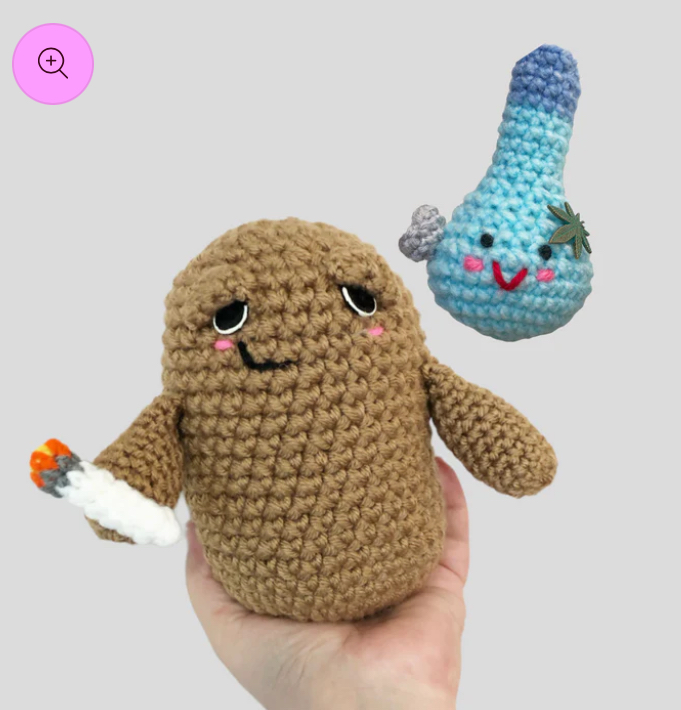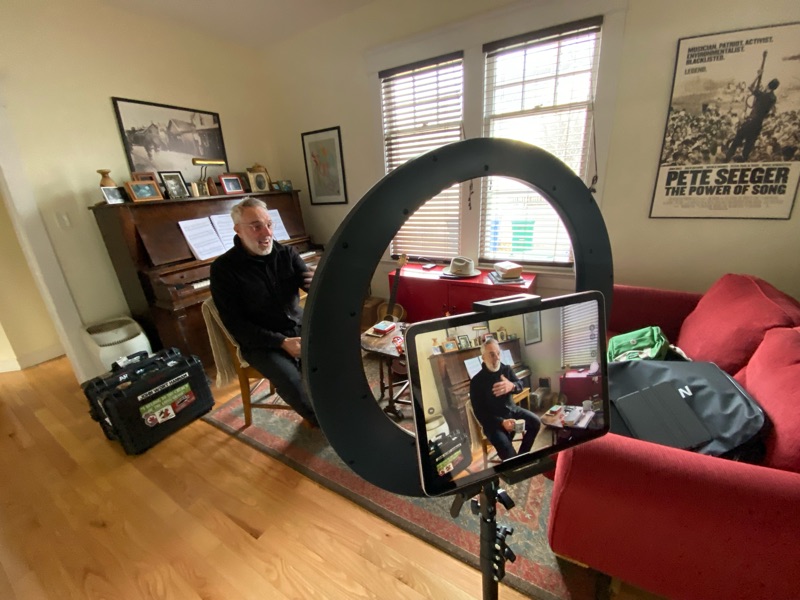THREADS OF IMPACT
This afternoon, I had the opportunity to sit with an artist friend of mine. Trish Hoskins is a crochet artist. I’m not sure how she would describe herself, but I think of her as a sculptor who works in yarn. Trish owns a business called Fat Lady Crochet. She told me the business has transitioned away from creating crocheted pieces of work and moved more towards developing and writing patterns for other people to crochet her creations. You can check out some of Trish’s work at Fat Lady Crochet
Here’s a few of my fave pieces:
 |
| Mankini Gnomes |
 |
| Support Pickle |
 |
| Baked Potato and Bong |
Trish and I have a few things in common other than both things artists. We both lived in Fort Macleod with our families. We both moved to Lethbridge for similar reasons that involve our children, and both of us miss certain things about our lives in Fort Macleod, but feel settled here in Lethbridge and feel good about the move. Trish also has a artsy family. Her husband, Chris is a fine guitar player and has an appreciation for vintage guitars. One of Tricia’s daughters dabbles in the bass guitar while the other is studying English Lit.
Trish is working on a project called Threads of Impact. The project involves interviewing six creatives, looking at the role that art plays in society. We talked about the creative process, the relationship between community and art, and the role that movement plays in the creative process for me. She came to my place, set up a light and some cameras and we started.

I love talking about any subject that has to do with creativity and art and Trish’s questions were great. Not the same old boring ones I get asked time and time again like when did you start playing? Who are your influences and do you have any recordings? You could tell that Trish took the time to develop some thought-provoking questions. Questions like, “What do you think people misunderstand most about what artists do for the community?” and, “ How can art reach people who don’t think they are ‘art people’?”
This question stood out for me. “ What does a thriving arts culture look like in Alberta?”
My answer went something like this: a thriving arts culture is one where artists are appreciated, and art is looked upon as an important part of our health just as much as good healthy food, downtime, work life balance, exercise, and mental well-being. I also think that a thriving arts culture is one where art is accessible. And I mean that in two ways. Having access to witnessing annd experiencing art is important. And being able to participate as a creative person and make art is also something that should be accessible. I get disheartened when I think of music and art funding being removed from school budgets. I get disheartened when I see $300 tickets for a concert and those are the nosebleed seats. I get disheartened when art becomes something for the elite and bourgeois of society. We all know that when our pocketbooks are stretched, the first thing we cut is usually our entertainment dollars. But I would argue that art should be accessible and affordable because it is more than entertainment.
There have been studies that show that people who include creativity in their daily practice, have improved mental well-being, and stronger connections, and communications with fellow humans. According to a study published in Frontiers in Public Health, people who take part in creative activities, report greater happiness, life satisfaction, and a sense of purpose over those who do not.

It was a great way to spend a few hours. Thanks Trish.


Comments